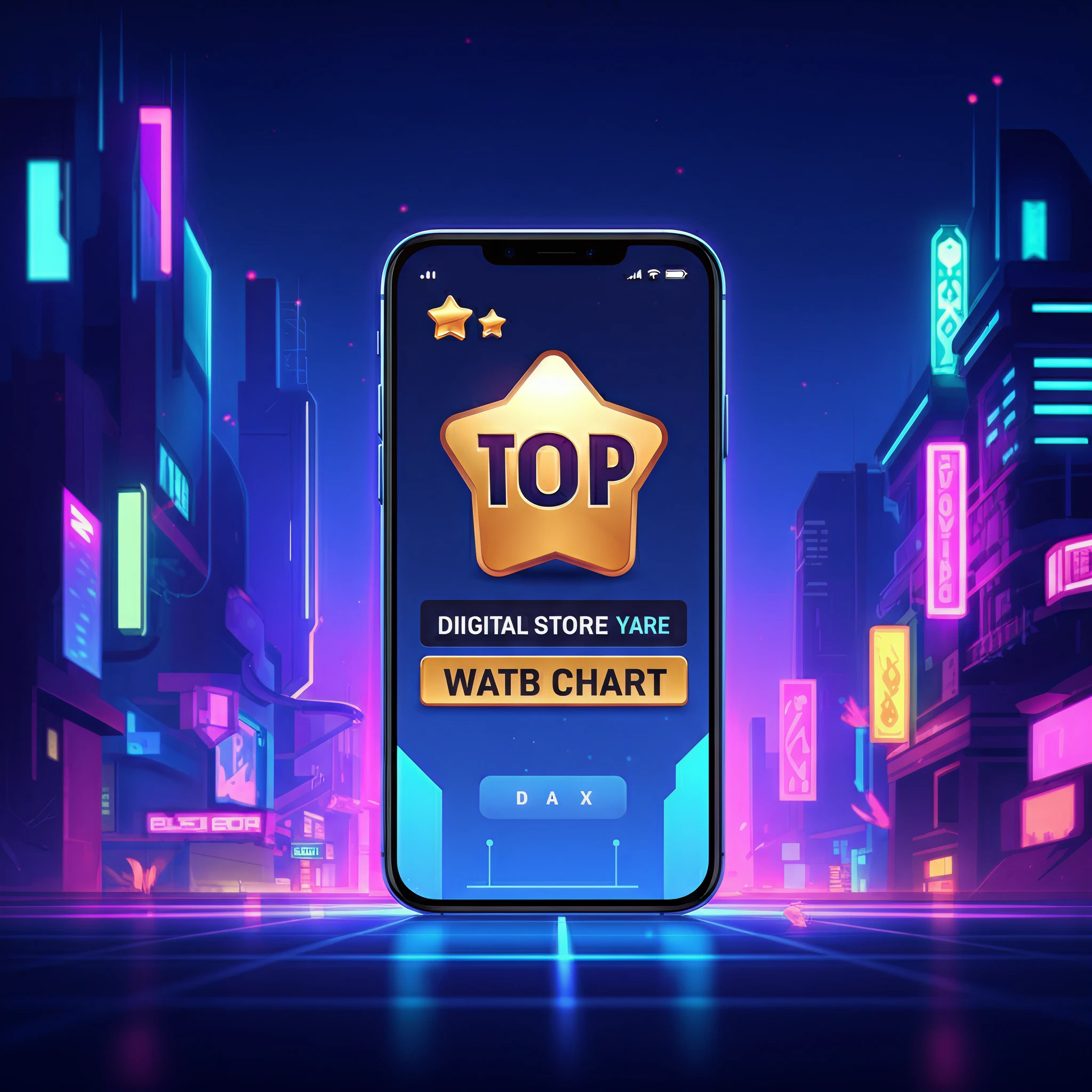Fortnite’s return to the App Store has marked one of the most extraordinary moments in mobile gaming history. With record-breaking downloads, industry-shifting trends, and unparalleled engagement, Epic Games has shown the world what it takes to dominate the mobile gaming space. Let’s explore Fortnite’s App Store triumph, the strategies that fueled its success, and how it reshaped the industry.
The Epic Return to the App Store
On May 21, 2025, Fortnite shot back onto the App Store, instantly reclaiming the number one spot for free games. That dramatic moment followed a five-year absence rooted in a legal battle between Epic Games and Apple. The re-launch wasn’t just a return; it was a statement of power and loyalty from an enthusiastic player base eager to re-engage with one of the most popular cultural phenomena in gaming.
Fortnite achieved a staggering number of downloads within the first few hours of its return, cementing its influence in the mobile market. These figures not only celebrated its comeback but also demonstrated the preeminence of strong branding and community support in the face of adversity.
Transforming the Mobile Gaming Landscape
Fortnite’s success has reverberated far beyond its own servers. It has set a precedent for how mobile gaming is approached by developers and players alike:
- Cross-Platform Integration
Fortnite was one of the first games to implement seamless cross-platform gameplay. Mobile gamers could now join matches with friends playing on consoles or PCs, making the mobile experience just as compelling as traditional systems.
- Cultural Phenomenon
Fortnite transcends gaming by embedding itself into pop culture through collaborations with brands like Marvel, Star Wars, and popular music artists. The emergence of such trends underscores how games can become broader entertainment platforms.
- New Models of Revenue Sharing
The legal struggle between Apple and Epic Games brought attention to in-app purchase flexibility. Fortnite’s model of allowing direct purchases through Epic has pushed the boundaries of monetization strategies, reshaping how developers and platforms interact.
Fortnite’s Revenue and Player Engagement
Revenue generation and player engagement are key contributors to Fortnite’s sustained success. A combination of innovative monetization, a loyal player base, and endless content updates positions Fortnite as a leader in mobile gaming.
Impressive Revenue Streams
After returning to the App Store, Fortnite saw revenue soar thanks to its dual purchase options. Players could make in-app purchases (with Apple taking its cut) or choose direct transactions through Epic Games. This added freedom has allowed Fortnite to retain maximum profitability, a move that some argue is transforming industry norms.
Player Engagement Metrics
Fortnite doesn’t just gain players; it keeps them. Through clever use of battle passes, limited-time events, fresh game modes, and a constant influx of creative updates, Fortnite maintains engagement like few games can. Free-to-play doesn’t mean free of effort; Epic Games invests heavily in keeping its players coming back for more.
Marketing Strategies That Hit the Bullseye
Behind the headlines of Fortnite’s success is a meticulously planned marketing approach that leverages hype and accessibility:
- Massive Launch Campaigns
The anticipation surrounding Fortnite’s App Store return was bolstered by weeks of marketing teasers and partnerships. Whether through social media buzz, influencer collaborations, or coverage from outlets like MacRumors, the momentum was unstoppable.
- Community Engagement
Epic Games nurtures loyalty through active community engagement. Feedback from players frequently drives updates, and the inclusion of community-created assets fosters a sense of shared ownership.
- Event Marketing
Epic’s ability to successfully market in-game events (like live concerts and film collaborations) creates a buzz even non-gamers can’t ignore. These events capture attention globally when synchronized across platforms.
The Role of Custom Images in User Experience
One of the understated elements of Fortnite’s success is its thoughtful design and use of custom images. These images significantly enhance user experience on multiple levels:
- Visual Clarity
Custom visuals and graphics make it easier for players to quickly understand options, game updates, and store items.
- Enhanced Immersion
With Fortnite’s iconic skins and jaw-dropping visuals, custom images immerse players into new worlds, solidifying its reputation as a top-tier gaming experience.
- Brand Identity
Every image connects to Fortnite’s bold, colorful, and playful identity. From in-game elements to promotional content, the emphasis on visuals ensures that Fortnite remains instantly recognizable.
- Retention Strategies
Eye-catching images not only draw players in but also keep them engaged as they interact with Fortnite’s menus, Battle Pass challenges, and purchasable items.
A Legacy of Innovation
Fortnite’s success story on the App Store isn’t just about downloads and dollars; it’s a roadmap for how mobile gaming can evolve. Its influence on cross-platform play, monetization strategies, and cultural synergy continues to shape the gaming world.
From the record-breaking re-entry to its enduring impact on mobile trends and digital ecosystems, Fortnite’s App Store debut is a testament to the power of bold ideas backed by flawless execution.
Want to learn how gaming giants like Fortnite refine their strategies with AI? Start thinking like an industry titan and try powerful tools to elevate your own projects.








